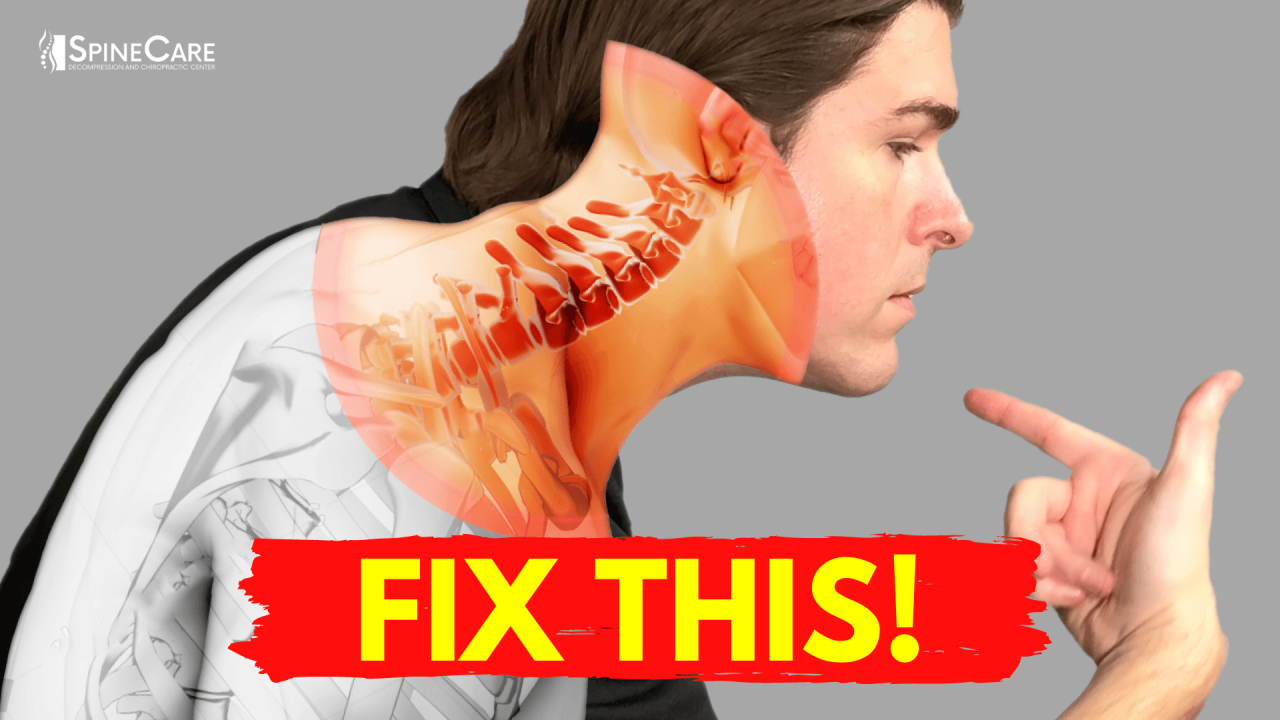Herniated discs and cervical spondylosis are degenerative conditions often associated with aging or wear and tear of the spine. These conditions can cause changes such as bulging of the disc’s contour, calcification of the disc and vertebral margins resulting in spurs, and disc herniation.
In the case of a pinched nerve in the neck, short-term use of a cervical collar and a cervical pillow while sleeping may be recommended. Additionally, physical therapy, range-of-motion exercises, and strengthening exercises can expedite pain relief. For more in-depth information on non-operative treatments for cervical radiculopathy, visit HSS and for pinched nerve treatment, see Harvard Health.
Discectomy, a form of spinal decompression surgery, treats herniated discs (or “slipped discs”). A herniated disc occurs when a spinal disc bulges or ruptures, displacing and potentially pressuring a spinal nerve. For more detailed insights on discectomy, visit HSS.
Bulging discs, where the outer wall weakens but doesn’t rupture, can develop into herniated discs under extreme pressure. This herniation can occur in the cervical, thoracic, or lumbar spine. More information on herniated discs across the spine can be found at Columbia Neurosurgery.
Anterior cervical discectomy with fusion (ACDF) combines spinal decompression and fusion surgery to treat herniated discs and compressed nerves in the neck. The procedure involves removing the herniated disc and fusing adjacent bones, usually with a bone graft. For further details on spinal surgery and ACDF, visit HSS and UTH Neurosciences.
Treatment for herniated discs often begins with nonsteroidal anti-inflammatory drugs or pain relievers, especially for mild to moderate pain. A low activity level may also be advised to reduce spinal nerve inflammation. For the best treatment practices for a herniated disc, refer to HSS.



